A good lighting solution is based on the customer's needs and space requirements, based on the designer's philosophy and creativity, through reasonable design, choose the right light source, electrical technology and suitable lighting products, and through the experience and creative scene Compatible and continuous lighting operation management capabilities to achieve.
If you do a classification of the above six aspects: customer needs and space requirements are basically in the category of "know what" and "know why", and the rest is the lighting designer's "know how to do it." "(know how) question.
So for a lighting design team, a reasonable mix should be the collaboration of designers and engineers, that is, lighting design is actually a combination of art and technology. For the design concept and form of expression, thousands of people face each other, it is a matter of opinion, so this article only elaborates on how to meet the spatial function requirements on the technical level, and solves the know how of the lamp selection from the perspective of a lighting engineer.
According to the characteristics of modern office space and lighting needs, we need to solve two problems in lighting design: the quantity of lighting and the quality of lighting.
Specifically include:
Number of illumination: illuminance level, illuminance distribution and uniformity, energy saving.
Lighting quality: color rendering, color temperature selection, glare and spatial brightness distribution.
These parameters have a basic requirement in the national lighting design standard GB50034-2004 (the revised version is implemented on June 1, 2014, everyone can pay attention), and will not be repeated here. From the point of view of lighting solutions, it mainly involves the choice of light source, electrical technology and lamps.
Due to space limitations, today only talk about the choice of light source.
The choice of light source technology involves three important parameters: color rendering, color temperature and energy savings. The power selectivity of various types of light sources also affects the illumination level.
1, color rendering
The national standard requirements for color rendering of office space are Ra greater than 80. Learn more about the concept and meaning of the color rendering index.
2, color temperature
Regarding the basic knowledge of color temperature, there is also a special discussion in the micro-classroom.
Previous research and observations suggest that there is a relationship between color temperature selection and comfort as shown in the following figure:
Therefore, according to the current illumination standard, office lighting will usually choose a color temperature of around 4000K. But there are also new academic studies on visual physiology and psychology that do not have this inevitable relationship between color temperature and visual comfort. Everyone can consider it at their own discretion. The non-authoritative view of Xiaobian believes that the relationship is still established.
When it comes to color temperature and LED era, it is possible to adjust the color temperature. When it comes to LED, we may think of a hot word: Blu-ray hazard (a small editor who chooses LED companies in the secondary market as a target for investment, and specially asked Xiaobian this question, showing the level of attention of everyone), although This is not unique to LEDs.
What is the blue light hazard? Let's look at two pictures:
The blue light hazard by blue light mainly refers to the light of 464 nm wavelength. Modern science has found that the three visual cells of the human eye are sensitive to blue light, and this light physiologically inhibits the production of melatonin, which makes people more excited and not drowsy. (The secretion of melatonin can cause drowsiness).
As can be seen from the above figure, the influence of the incident angle of blue light on the human body. It is worth noting that the blue light component in the reflected glare has an uncomfortable effect on the human body. (When we look at the blue object that reflects the 464nm light, is it uncomfortable? Xiaobian doesn't know, you can experiment on your own, and the experimental results are welcome to share with the micro-friends in the micro-class.)
Whether blue light will cause harm is not a qualitative problem, but a quantitative problem. It depends on the amount of blue light contained in the spectrum of the light source. Because the daylight contains blue light. The picture above shows the changes in hormone cortisone and melatonin produced by the human body during natural light (hormone cortisone can stimulate the body's metabolism).
The problem is coming!
1. How do we judge whether a light source is harmful to blue light?
Xiao Bian suggested that when choosing a light source, the designer adopts a relatively professional approach: look at the source spectrum and compare it with the daylight spectrum. This will help you make choices, especially for the LED light sources that are currently on the market. If the blue component is too high, don't choose it~~
In addition, we all have experience, the light source of different manufacturers labeling the same color temperature, or the different types of light sources of the same manufacturer, our visual perception is different. One of the reasons is that the manufacturer's labeling itself may have problems, and that is, we all use the relevant color temperature to mark, and the light source of the same color temperature has different spectral components. Therefore, looking at the source spectrum is the most fundamental solution.
2. If the blue component (or deficiency) is absent from the spectrum, does it affect the state of people at work?
The answer is: yes! Why are the lights in many places drowsy? The low color temperature environment makes people more sleepy? Xiaobian feels that it has something to do with this. The solution is to look at the spectrum of the light source!
The following figure shows the variation of the spectral composition when the daylight spectrum shows different color temperatures. From the above, we can see the principle of color temperature and use it as a reference for looking at the source spectrum (the best way to evaluate the color rendering of the light source is also through spectral analysis). ):
Back to the question of Blu-ray. Since blue light can make people have different physiological reactions, how to make rational use of this physiological reaction is a problem worthy of consideration by designers.
The matter is divided into two ends. If the blue light is too much, it will cause physiological harm. If the blue light is less, it will reduce the work efficiency. It is the best choice in the usual sense to seek the balance between the two.
However, there are exceptions to everything: the three-shift workplaces that are of great importance, improve the composition of blue light, thereby inhibiting the production of melatonin, and keeping people excited. Although it violates the physiological needs of human beings, it is a kind of The necessary design. This is why night shifts, especially control rooms and factories, often use high color temperature sources. Of course, the place where you usually go to work is still human. Don't stimulate the use of high color temperature light sources, haha.
As I mentioned earlier, LEDs make it possible to adjust the color temperature. When applied indoors, due to the lack of long-term sunlight in the office space, people will work and live for a long time under an unnatural light, which will inevitably have some adverse effects. Therefore, it is worthwhile to research and popularize the application of daylight to adjust the color temperature to simulate daylight.
3, energy saving
Energy saving in lighting requires an overall consideration throughout the lighting solution, not just how to choose a light source, or the problems of appliances and fixtures.

GreenTouch's self-developed open frame and desktop Touch All-in-one computers can support Windows, Linux, and Android operating systems, with excellent functionality and flexibility, and provide you with reliable industrial or commercial-level solutions for your industry. Automated system integration realizes simple human-computer interaction or seamlessly connects your customers from mobile devices to in-store interactive experiences. They adopts modular design, versatile and powerful, and can be used in public environments such as in-store human-computer interaction, operating system cashiers, self-service, hotel services, and corporate office. they have a wide range of uses, provides a variety of sizes and configuration options, and has cross-environmental use the versatility, sturdiness and durability, can meet the needs of continuous public use.
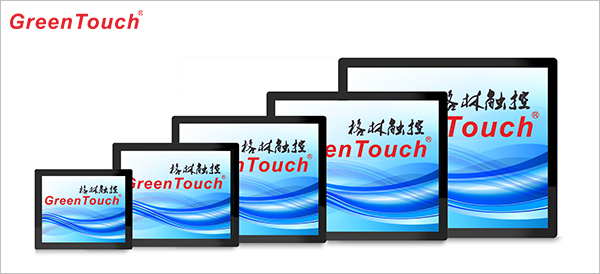
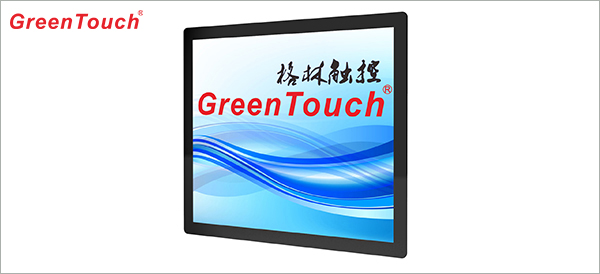

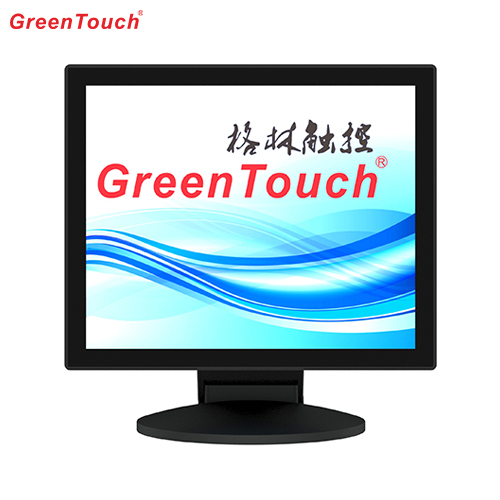
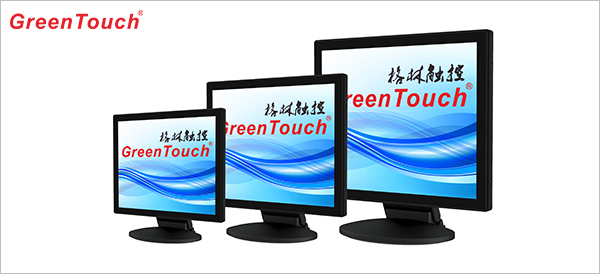
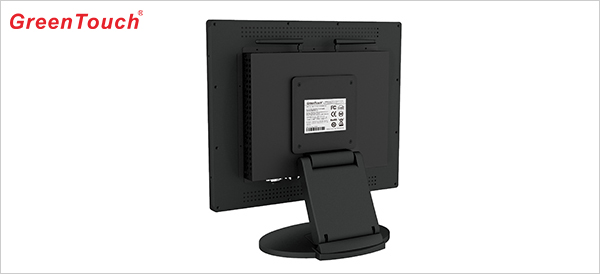
Touch All-in-one
Touch All In One PC,Touch Computer, Touch All In One Computer,Touch All-in-one PC,Touch Screen Computer,Touchscreen Computer Display
ShenZhen GreenTouch Technology Co.,Ltd , https://www.bbstouch.com











